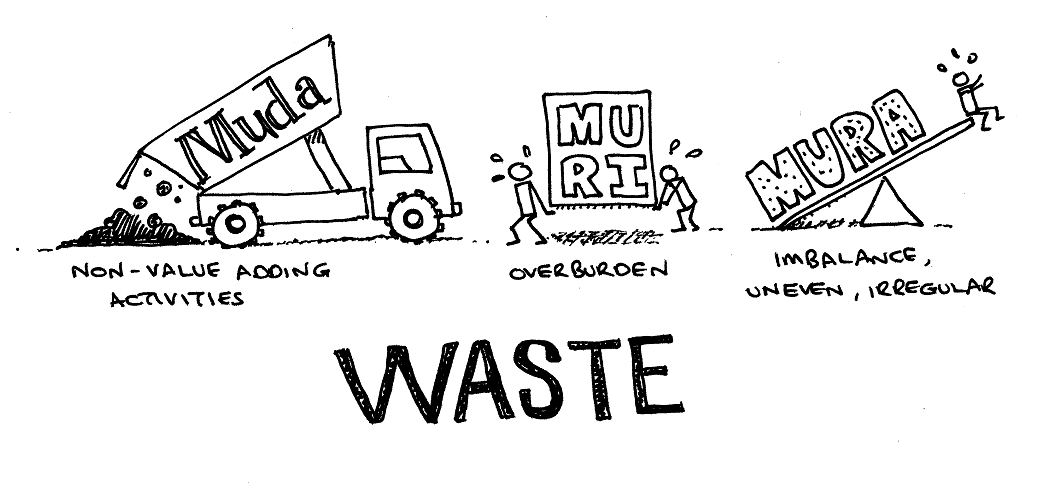Responsible Marketing
Marketing definition is continuously changing by time, If we have a look 80 years ago, we can clearly say that definition cant able to fit tomorrow. There are few aspects of marketing currently, and responsible marketing becoming an important part of marketing every day. Responsible marketing is based on the idea that market offerings must not be only profit driven, but they must also reinforce social, environmental and ethical values for benefit of citizens and planet. I read in many sources that the people have proven more likely to support a company they perceive as being ethical and fair at all levels of their product life.
In order to manage a responsible marketing campaign, responsible marketers should aware of the power of social media and internet. Internet can become a really dangerous place for big companies, If company deals with some kind of un-ethical action. Millions of people can spread words like lightening. There was a BP oil accident several years ago. Everyone in the world learnt the accident and their carelessness. So responsible marketers should honest and transparent about social causes. Another important advice is being aware of legal regulations. Some industries are dealing with financial and legal services, in order to avoid fines and consumer backlash, marketers in the firms should be careful about their actions.
Recently, most of the big company has social media accounts, I see, some of the companies are struggling to manage their social media accounts (facebook, twitter, LinkedIn, etc.). They are not interacting enough with their social audiences on platforms. This may lead consumer backlash. I personally think that, when I post some question or complain into companies page on facebook, I expect someone to interact with me soon but sometimes I am receiving that comment 25 days later. It is important to be involved quickly with audience at social level.




